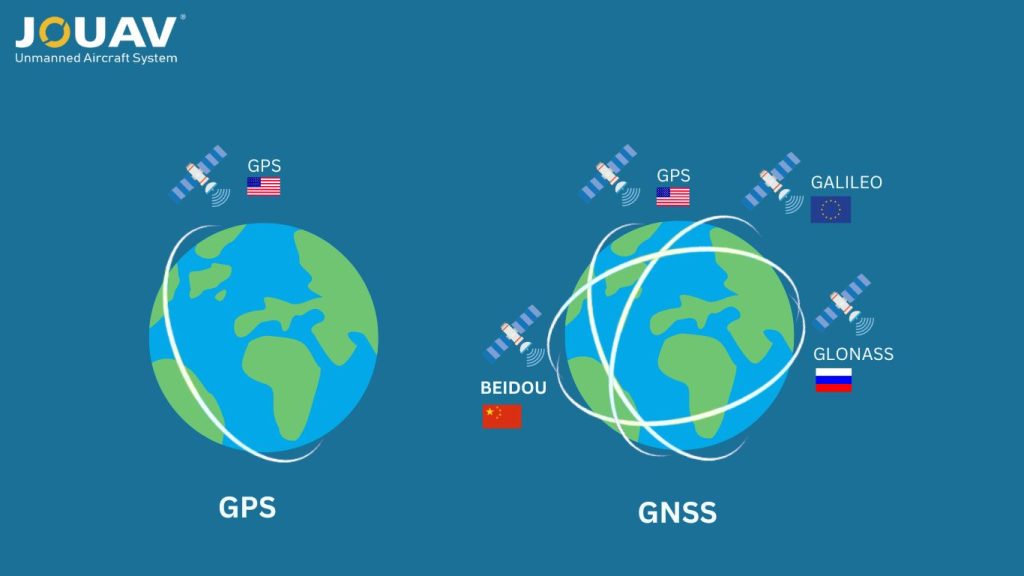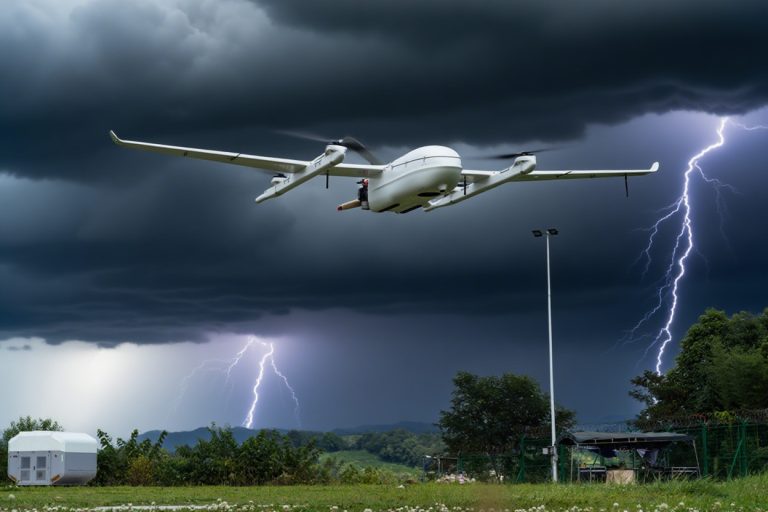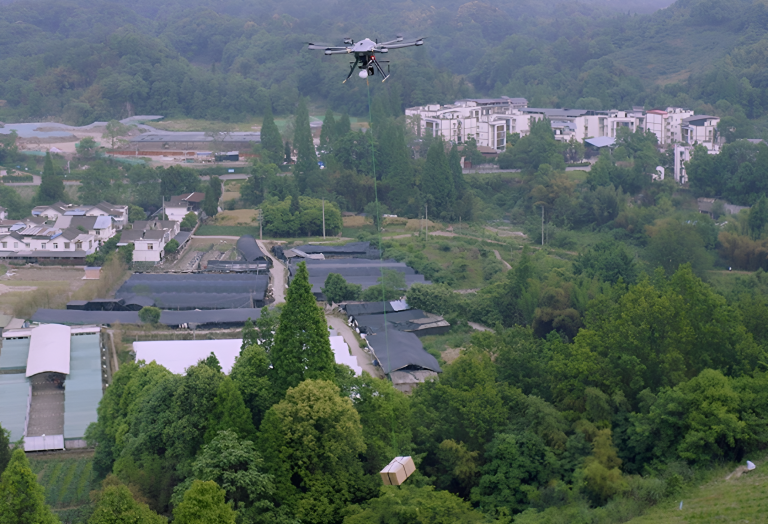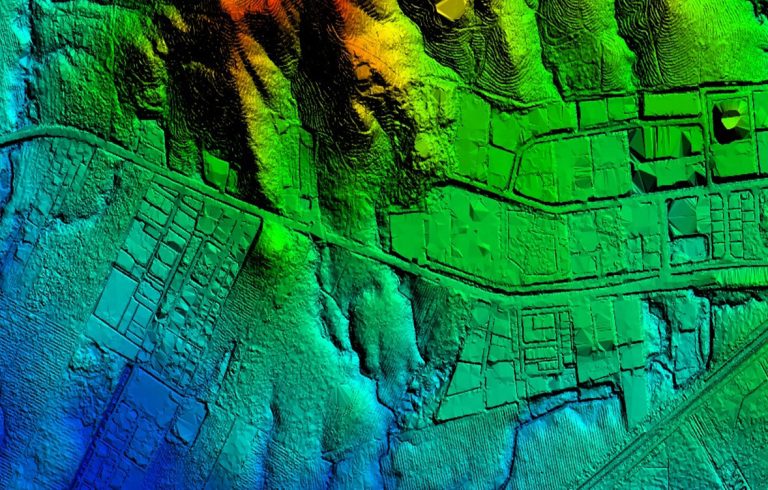GNSS vs. GPS: What’s the Difference?
In satellite navigation, GPS and GNSS are often used interchangeably, but they refer to different technologies.
GPS, developed by the U.S., is just one of several satellite systems, while GNSS includes multiple constellations like GPS, GLONASS, and Galileo, providing wider coverage and improved accuracy.
In this article, we’ll explore the key differences between GNSS and GPS, their working principles, and how they are applied in everyday life.
What is GNSS?
GNSS (Global Navigation Satellite System) refers to all satellite-based systems that provide global positioning information. It includes multiple systems such as GPS (USA), GLONASS (Russia), Galileo (EU), and BeiDou (China). Essentially, GNSS is an umbrella term for these different constellations working together.
What makes GNSS powerful is that it combines signals from multiple satellite constellations, offering access to a much larger pool of satellites for more reliable positioning. Here’s a quick overview of the main GNSS constellations:
- GPS (USA): 31 operational satellites.
- GLONASS (Russia): 24 satellites, particularly reliable in high-latitude regions.
- Galileo (EU): 24 satellites, with a target of 30 for high-accuracy civilian use.
- BeiDou (China): Over 40 satellites providing regional and global services.
When combined, GNSS receivers can access signals from over 120 satellites, improving accuracy and reliability across the globe.
What is GPS?
GPS (Global Positioning System) is a satellite navigation system developed by the U.S. in the 1970s. Though it's just one system under the broader GNSS umbrella, GPS is the most widely recognized.
The GPS constellation consists of about 31 operational satellites arranged in six orbital planes, each with four to five satellites. This setup ensures that at least four satellites are visible from any location on Earth at any time, providing continuous global coverage.
How Does GNSS and GPS Work?
GNSS and GPS operate on the same fundamental principles to determine a user's location on Earth.
When a user wants to find their location, they utilize a device known as a receiver. This receiver communicates with a constellation of satellites in the GNSS framework. The working process involves several steps:
- Signal Transmission: Each satellite in the GNSS constellation continuously transmits radio signals containing crucial information. This includes the satellite's position and the exact time the signal was sent.
- Signal Reception: The receiver on the ground captures these signals. It records the time each signal is received, which is essential for calculating distance.
- Time Delay Calculation: The receiver compares the time the signal was transmitted by the satellite with the time it was received. Given that radio signals travel at the speed of light, the time delay between transmission and reception can be converted into a distance measurement. This distance represents how far the satellite is from the receiver.
- Distance Measurement: By measuring the distances to at least four satellites, the receiver can use a process called trilateration to pinpoint its exact location in three-dimensional space (latitude, longitude, and altitude). With three satellites, it can calculate the position in two dimensions (latitude and longitude), while the fourth satellite helps determine altitude and corrects for any discrepancies in the receiver's clock.
What is the Difference Between GPS and GNSS?
Here's a quick reference table that highlights the differences between GNSS and GPS:
| Feature | GNSS | GPS |
| Definition | Encompasses all satellite-based navigation systems | A specific type of GNSS system |
| Constellations | Multiple constellations (e.g., GLONASS, Galileo, BeiDou) | Single constellation (US GPS) |
| Accuracy | Higher | Less accurate |
| Coverage | Wider | Focused on North America and the Pacific |
| Signal Availability and Visibility | Less susceptible to obstructions | Can be affected by buildings, trees, or other obstacles |
| Frequency Bands | Wider range of frequencies (L1, L2, L5, E5) | Primarily L1 and L2 frequencies |
| Applications | Both military and civil applications | Widely used for civilian purposes |
Scope and Coverage
Since GNSS includes multiple satellite systems from around the world, its coverage is truly global, extending even to remote areas. It provides more comprehensive and reliable coverage across different regions and environments, thanks to the combined constellations.
While GPS offers near-global coverage, its primary focus is on North America and the Pacific region, where its satellite constellation is most optimized. In other parts of the world, especially in areas with obstacles or remote locations, its performance might be slightly less reliable compared to GNSS.
Accuracy and Reliability
GNSS generally offers better accuracy than GPS. While GPS is accurate to around 5-10 meters, GNSS can get you as close as 1-2 meters or even better under ideal conditions. This is because GNSS pulls data from multiple satellite systems, which gives it more options for positioning and improves precision.
GNSS also uses more advanced algorithms to correct for things like atmospheric interference and satellite clock drift, which helps refine location accuracy.
Plus, unlike GPS, which mainly uses L1 and L2 frequencies, GNSS operates on a wider range of frequencies like L1, L2, L5, and E5, making it more adaptable to different conditions, especially when dealing with atmospheric disturbances.
On top of that, modern GNSS receivers often come with features like multi-constellation tracking, real-time kinematic (RTK) accuracy, and differential corrections from base stations, all of which further improve positioning accuracy.
Signal Availability and Visibility
GNSS is more robust because it pulls data from multiple satellite constellations, which helps reduce the risk of signal loss and improves overall availability.
If one system runs into interference or goes offline, the receiver can switch to other constellations, ensuring that coverage remains continuous. This ability to access multiple systems also enhances signal visibility, making GNSS less prone to obstructions like buildings or thick foliage.
With satellites spread across different parts of the sky, the impact of physical barriers is minimized, leading to more reliable positioning.
In contrast, GPS relies on a single constellation, making it more vulnerable to signal interruptions, especially in challenging environments. Its availability can be compromised by interference, jamming, or natural obstacles like mountains and forests, which makes it less reliable than GNSS.
Additionally, GPS signals are easier to block by things like buildings and trees, particularly in urban areas or dense woods, which can hurt both performance and accuracy.
Applications
GNSS is used globally for both military and civilian purposes. Its various systems support a wide range of applications across sectors like transportation, agriculture, environmental monitoring, and precision mapping. The global reach of GNSS makes it ideal for anyone needing accurate positioning information anywhere on Earth.
Originally developed for military use, GPS has become essential for civilians too. Today, it’s commonly found in cars, smartphones, and aviation. Many industries, including logistics, emergency services, and recreational activities, rely on GPS. While it still plays a crucial role in military operations, its civilian applications have grown significantly over the years.
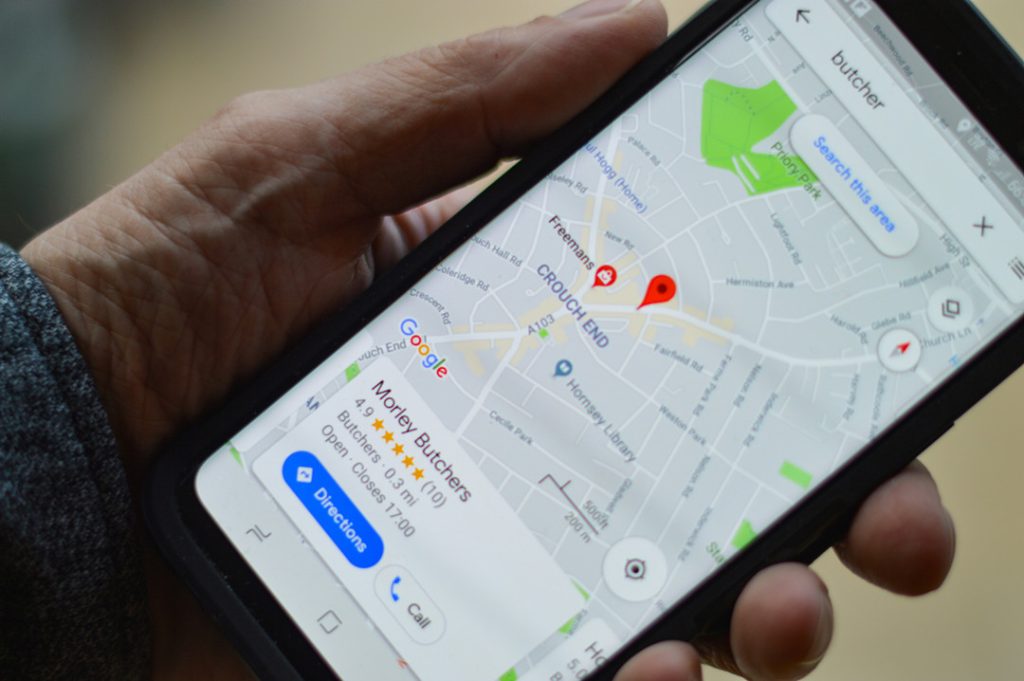
How is GPS Used for Surveying?
GPS technology has revolutionized the surveying industry by offering unmatched precision and efficiency compared to traditional methods. Unlike everyday GPS devices, surveying GPS receivers are equipped with specialized antennas and utilize dual-frequency signals to ensure superior accuracy.
How Does Surveying GPS Work?
To determine precise distances and elevations, surveyors use a pair of GPS receivers. These devices are placed at opposite ends of a measurement line and simultaneously collect data from the same satellites. By comparing the measurements from both receivers, surveyors can calculate differences in latitude, longitude, and elevation between the two points.
The Benefits of GPS Surveying
- Unrestricted Operation: GPS technology allows surveyors to work in virtually any location with a clear view of the sky. This flexibility is especially advantageous in remote areas or environments with limited visibility, such as coastlines and waterways.
- Enhanced Accuracy: GPS provides highly accurate positional data, making it ideal for various applications, including hydrographic surveys, offshore oil rig projects, and bridge construction.
- Versatile Applications: GPS technology can be integrated with drones, such as the JOUAV CW-15, to capture aerial imagery and data, enabling more efficient and comprehensive surveys of large areas. This GPS drone is particularly useful for topographic mapping, environmental monitoring, and disaster response.

Conclusion
While GPS and GNSS both provide essential navigation and positioning services, GNSS offers distinct advantages.
With global coverage and improved accuracy due to multiple satellite systems, GNSS delivers more reliable performance in diverse environments.
GPS, while effective, primarily serves North America and the Pacific and can experience signal limitations in challenging conditions.
As GNSS technology advances, its integration across various industries, including surveying, enhances operational efficiency and precision, establishing it as the preferred choice for accurate global positioning.
FAQ
Does GNSS include GPS?
Yes, GNSS (Global Navigation Satellite System) encompasses all satellite-based navigation systems. GPS (Global Positioning System) is one of the primary GNSS systems. Other notable GNSS systems include GLONASS (Global Navigation Satellite System) operated by Russia, Galileo operated by the European Union, and BeiDou operated by China.
What is the Difference Between GPS and GNSS Antenna?
There is no fundamental difference between a GPS antenna and a GNSS antenna. Both types of antennas are designed to receive signals from satellite navigation systems. However, some antennas may be specifically optimized for a particular GNSS system or have additional features like multi-constellation capabilities to receive signals from multiple systems simultaneously.
What is the Difference Between GPS and GNSS Signal?
The primary difference between GPS and GNSS signals lies in their origin. GPS signals are transmitted from satellites in the GPS constellation, while GNSS signals can originate from satellites in any of the various GNSS systems. The specific characteristics of the signals, such as frequency, modulation, and data content, may vary between systems.
What is the Difference Between GPS and GNSS Receiver?
A GPS receiver is specifically designed to receive and process signals from the GPS constellation. A GNSS receiver, on the other hand, is capable of receiving and processing signals from multiple GNSS systems. This allows for improved accuracy and reliability, especially in areas where the coverage of a single system may be limited.
Which is Better GNSS or GPS or GLONASS?
GNSS (Global Navigation Satellite System) is a broad term that encompasses all satellite navigation systems, including GPS (U.S.) and GLONASS (Russia). It provides global coverage and allows users to benefit from multiple systems.
GPS (Global Positioning System) is widely used and offers high accuracy with a robust network of satellites. It’s excellent for most applications, especially in urban and rural areas.
GLONASS (Global Navigation Satellite System) provides similar functionality to GPS but is more effective in high latitudes (like Russia) due to its satellite configuration. It’s beneficial when GPS signals are weak or obstructed.
In general, using GNSS, which combines data from both GPS and GLONASS, offers the best performance and accuracy for most applications. This multi-constellation approach minimizes signal loss and improves positional accuracy.
What is Dual GNSS?
Dual GNSS refers to a receiver that is capable of simultaneously tracking two GNSS constellations. This provides redundancy and improves accuracy, particularly in areas with limited satellite visibility or when one constellation is experiencing issues.
Can We Use Both GPS and GLONASS at the Same Time?
Yes, it is possible to use both GPS and GLONASS simultaneously. Many modern GNSS receivers support multi-constellation tracking, allowing them to receive and process signals from both systems. This can significantly enhance accuracy and reliability.
Does Google Maps Use GPS or GNSS?
Google Maps primarily uses GPS for location services. However, it is likely that Google also incorporates data from other GNSS systems to improve accuracy and reliability, especially in areas where GPS coverage may be limited.



